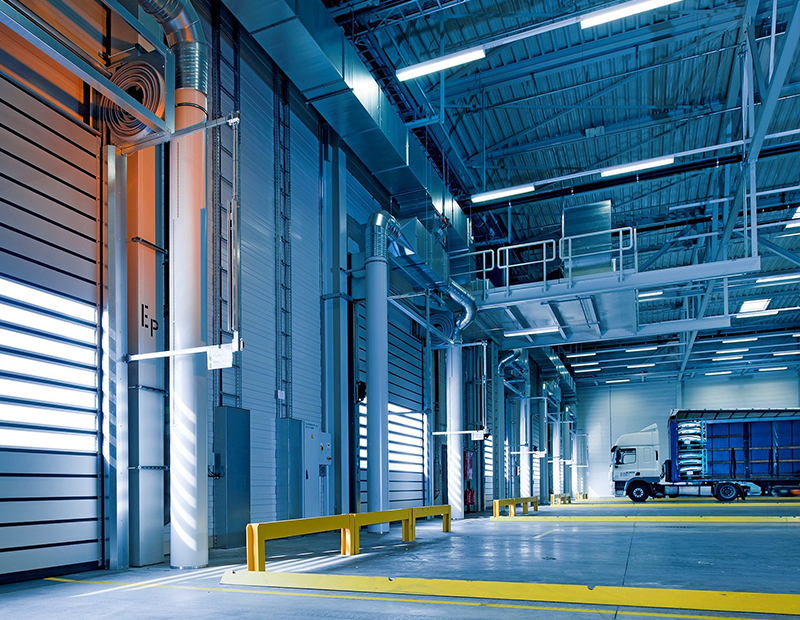Economy Watch: Demand for Industrial Space Reaches New Heights
U.S. industrial property vacancies are at their lowest levels on record, and demand for space is expected to remain healthy throughout 2018, according to Ten-X's latest U.S. Industrial Market Outlook.
By D.C. Stribling, Contributing Editor
 Changes in technology, supply chains and consumer habits are driving leasing demand for U.S. industrial properties, propelling vacancies to their lowest levels on record, according to Ten-X Commercial’s latest U.S. Industrial Market Outlook. Industrial demand looks to remain healthy throughout this year, the report added, projecting more than 10 million square feet of net absorption, which would bring 2018 slightly below the levels of the past three years.
Changes in technology, supply chains and consumer habits are driving leasing demand for U.S. industrial properties, propelling vacancies to their lowest levels on record, according to Ten-X Commercial’s latest U.S. Industrial Market Outlook. Industrial demand looks to remain healthy throughout this year, the report added, projecting more than 10 million square feet of net absorption, which would bring 2018 slightly below the levels of the past three years.
The ongoing consumer shift toward e-commerce is a main driver for distribution and warehouse space. As a result, absorption remains robust and vacancies continue to shrink, despite a growing supply pipeline. In 2017, the national vacancy rate declined to 7.3 percent, its lowest level since Ten-X started tracking in 1999.
Naturally, some markets are doing better than others, even in a climate that is lifting all industrial boats. Los Angeles, San Jose, Oakland, San Francisco and San Diego are top markets. Los Angeles has perennially tight vacancies and strong rent growth, and the West more broadly enjoys other demand drivers, such as cloud computing and legal cannabis.
On the other hand, Dallas, San Antonio, Houston, Cleveland, Ohio and Baltimore are struggling with either a heavy supply pipeline, flagging demand or a lack of fundamental growth drivers. These markets may face significant challenges in a projected cyclical downturn.
Despite an overall positive outlook, trade policy uncertainty is currently the single largest threat to the industrial sector, Ten-X posited. Any aggressive implementation of import tariffs on goods could hamstring industrial production and demand, while fueling inflation.







You must be logged in to post a comment.